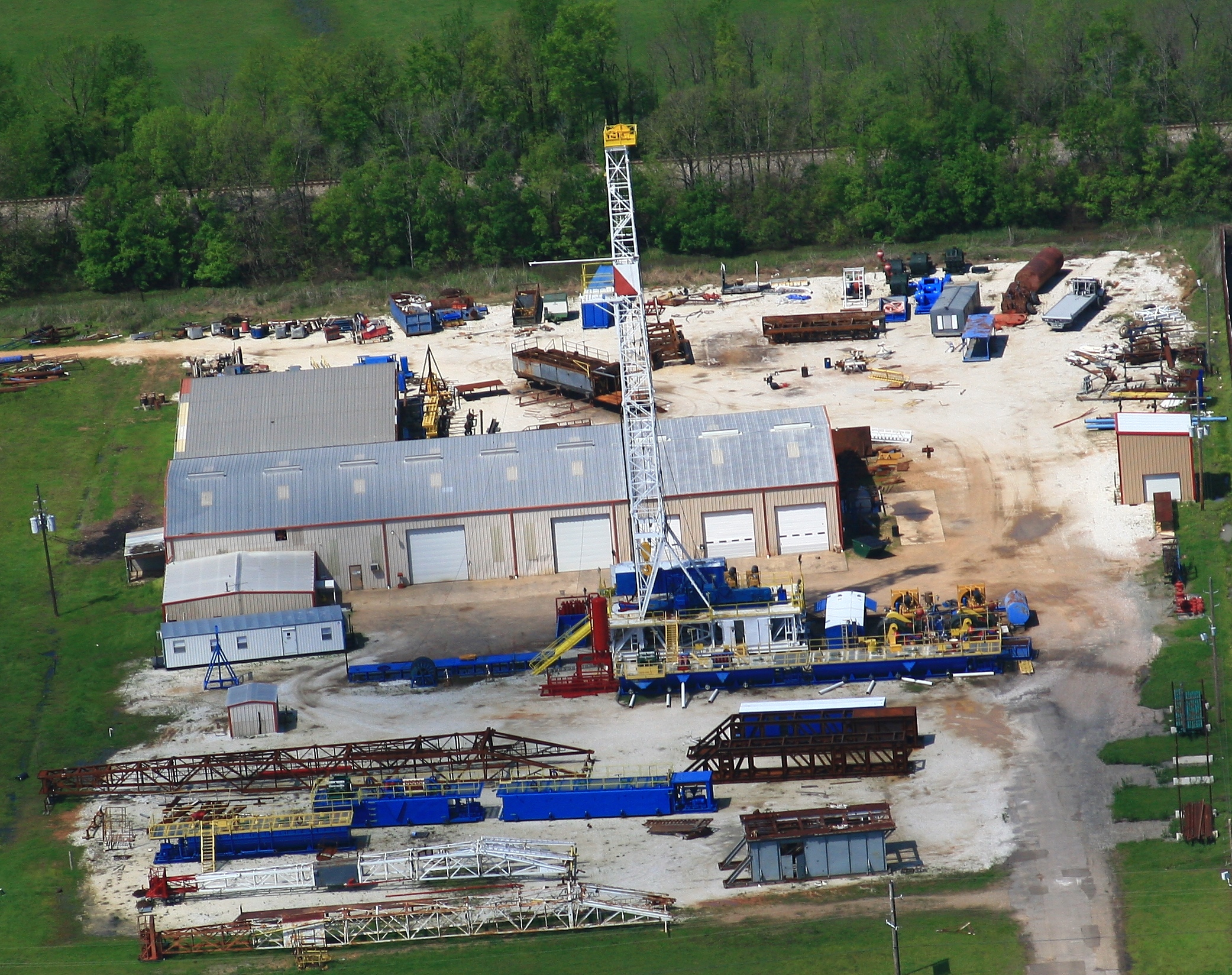

When the initial bore is complete, material to be installed is attached to the drill string, often with a backreamer, to enlarge the diameter of the borehole. Then the path of the bore is leveled, and the bore head is steered to a designated exit point, where it is brought to the surface.Īs the bore progresses, lengths of drill pipe are added. No starting pits are needed bores are launched from the surface and proceed downward at an angle until the necessary depth is reached. But improvements came quickly, and more manufacturers developed products as utility companies and contractors recognized the advantages offered by the technique.Ī basic HDD system is highly user friendly, and includes a drill frame, power source, hydraulics, drilling fluid and guidance systems. Introduced in the 1970s, the first HDD rigs were considered difficult to operate. Pipeline companies have been increasingly turned to HDD over traditional, open-trench methods for underground construction projects. Because it minimizes the negative impact of construction on the surrounding areas, HDD provides a method of installation that is unsurpassed in its ease and overall “friendly” nature. HDD has become the preferred technique of many pipeline and utility companies by virtue of its lower costs and decreased surface disruption. Increasingly, it is being approved and used for small-diameter gas distribution lines in urban and suburban areas, as well for municipal water and telecommunication cable crossings at airports, highways, and waterways. Currently, there are several firms competing in the market, and the total number of crossings exceed well over 500.įor a time, horizontal directional drilling (HDD) was primarily used by the oil and gas industry on large-diameter, cross-country pipeline transmission lines. However, in the next seven years, over 175 crossings were made, with several accomplished in South America, Europe, Africa and Asia. Since 1979, the method has progressed to state-of-the art where long lengths of crossing with a wide variety of pipe sizes can be accomplished.įrom 1971 to 1979, only 36 crossings were made using this method, all of them in the United States. In 1979, the method was acquired by Reading & Bates Construction Company (Now Inarc Drilling, Inc.), Tulsa, Oklahoma. Prior to 1979, the method was limited to the installation of short lengths. The first installation was accomplished in 1971 for Pacific Gas & Electric Co., and involved the installation of approximately 600 lf (180 m) of four-inch diameter steel pipe under the Pajaro River near Watsonville, California. The method, an outgrowth of the oil well drilling technology, was reportedly first developed in the early 1970s by Titan Construction, of Sacramento, California. This method has revolutionized complicated river crossings for pipelines which were initially done by conventional dredging methods or were rerouted through long distances and crossed over at a bridge location. The directionally controlled horizontal drilling process was developed in the U.S., and has become commonly used for installing pipelines under natural or manmade obstacles, especially river crossings. Meritorious Awards for Engineering Innovation (MEAs).Rextag database of energy infrastructure assets

Prices for top E&P stocks and commodities.


Information on assets, buyers and sellers, deal values, and more.Ī searchable database of oil and gas debt and equity offerings.


 0 kommentar(er)
0 kommentar(er)
